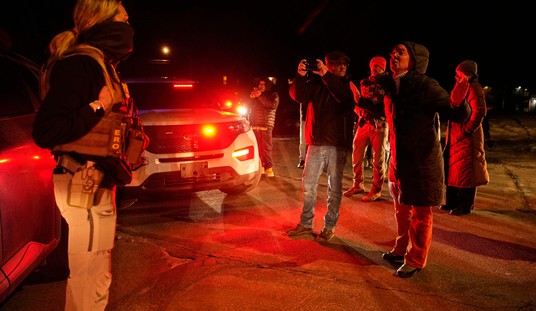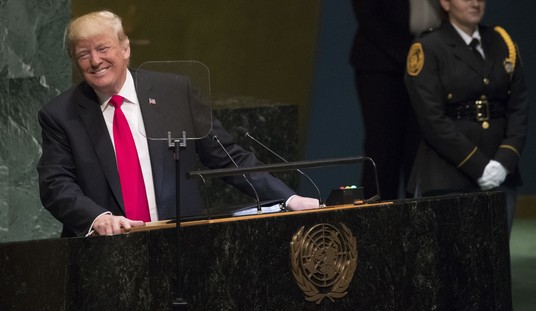In August 2011, six months after Syria's Arab Spring revolt erupted, U.S. President Barack Obama put American prestige on the line and insisted Syrian dictator Bashir al-Assad cede power. "For the sake of the Syrian people," Obama said, "the time has come for President Assad to step aside."
It is September 2016. Assad remains in power. Other vicious actors have emerged in Syria's cauldron. In Spring 2014, ISIS asserted itself.
In September 2011, Syria's civilian death toll was around 3,000. In September 2016, death toll estimates (civilian and military) range from 300,000 to 450,000. Whatever the number, Syria is a slaughterhouse, so ending the conflict is a worthy goal.
Sometime in 2015, the Obama Administration decided closer cooperation with Russia would help end the conflict. Russia opposes ISIS. In concept, Russia and the U.S would become partners dedicated to ending Syria's chaotic civil war and defeating ISIS.
The conceptual partnership, however, would be a beast with two heads. Russia supports the Assad regime, the one that Obama said must "step aside."
The concept also ignored six decades of Kremlin policy. During the Cold War, Syrian dictator Hafez al-Assad's regime was a client of the Soviet Union. The post-Cold War dictatorship run by his son, Bashir, remains a Russian client. When the Assad regime failed to defeat the Arab Spring revolt, the Kremlin promised aid. There was an argument advanced at the time that Arab Spring's rapid toppling of authoritarian governments demonstrated the vulnerability of all authoritarian regimes. Russia's authoritarian regime had an interest in stopping that trend. The argument may have a kernel of truth, but the Vladimir Putin-controlled Kremlin had a definite interest in demonstrating that post-Cold War Russian support was as solid the USSR's. Operating in Syria also made Russia an active player in the Middle East.
Recommended
Syria's heterogeneity, however, complicated (and still complicates) these Russian objectives. Syria is a fragile mosaic of religious and ethnic groups. The Assads' Alawite ethno-religious group provides the regime's military backbone, but it comprises 10 percent of Syria's population. Until February 2011, the minority Alawite dictatorship imposed a police state on Arabs, Kurds, Sunni Muslims, Shia Muslims, Druze and numerous Christian sects.
The dictatorship has many enemies. Though ISIS is among them, the regime may or may not regard ISIS terrorists as its most immediate threat.
Despite Pentagon warnings that military cooperation with Russia in Syria entailed risks, in July 2016 the Obama Administration agreed to coordinate Russian and U.S. airstrikes against terrorist targets.
On September 9, U.S. Secretary of State John Kerry and Russian Foreign Minister Sergei Lavrov announced a ceasefire deal. The ceasefire would apply to all parties except ISIS.
However, the ceasefire quickly collapsed. In last two weeks, the "dual intervention" has disintegrated into a serious diplomatic confrontation between Washington and Moscow.
ISIS was the terrorist target the Obama Administration wanted the partnership to attack. The Kremlin, however, insisted on interpreting "terrorist target" as any enemy of the Assad regime.
So the Russian airstrikes of September 24 on rebel-held Aleppo should have been no surprise. The attacks killed at least 85 people and wounded many more. They were not ISIS militants. After the attacks, American UN Ambassador Samantha Power told the UN Security Council that "What Russia is sponsoring and doing is not counter-terrorism, it is barbarism. Instead of pursuing peace, Russia and Assad make war."
The Russian government quickly rejected Power's criticism. In the Kremlin's view, Russian forces in Syria are doing what they have been ordered to do.
In 2008, Candidate Obama promised to pursue "smart diplomacy." His administration's foolish Syria policy has produced a military and diplomatic quagmire that is definitely his responsibility.

























Join the conversation as a VIP Member